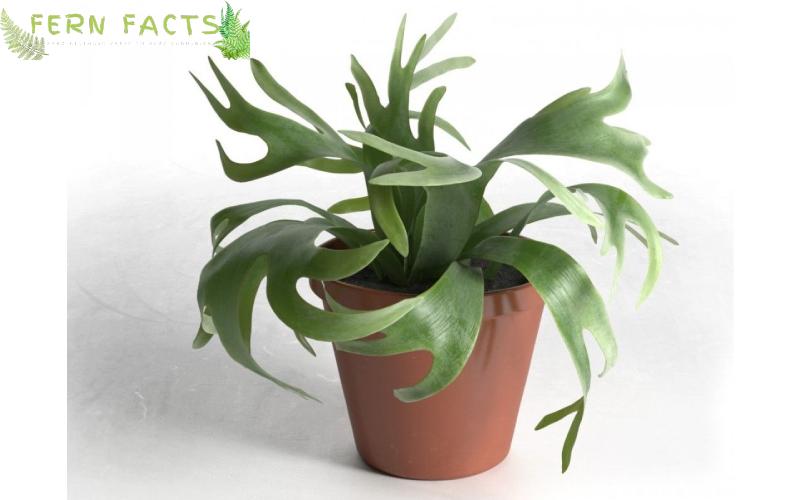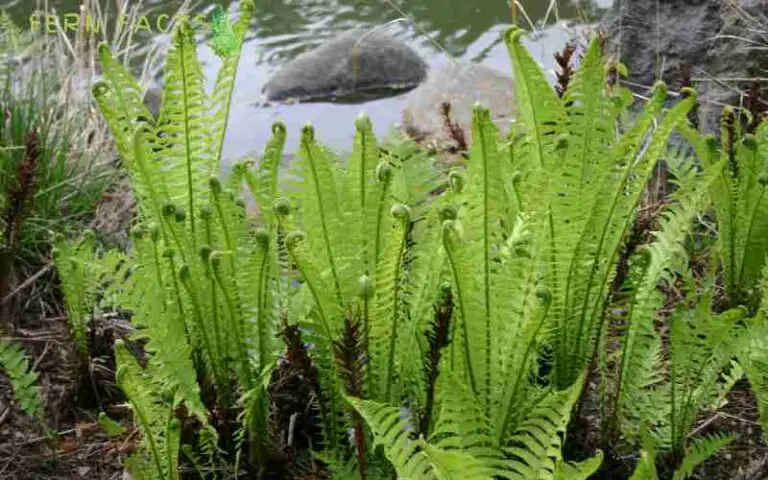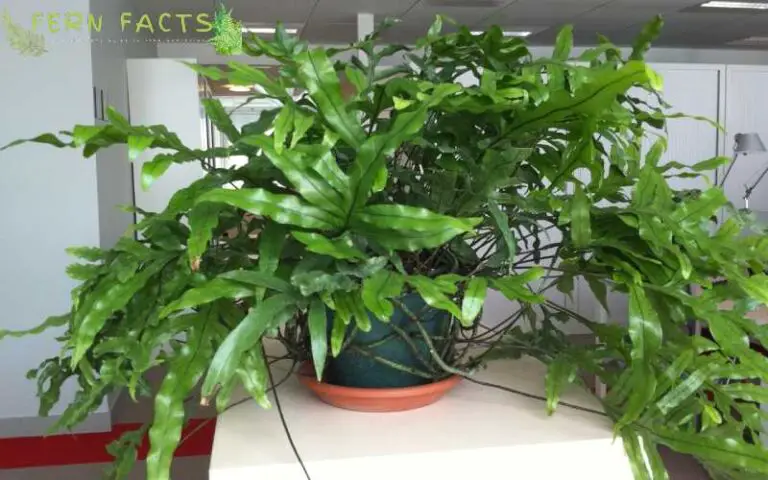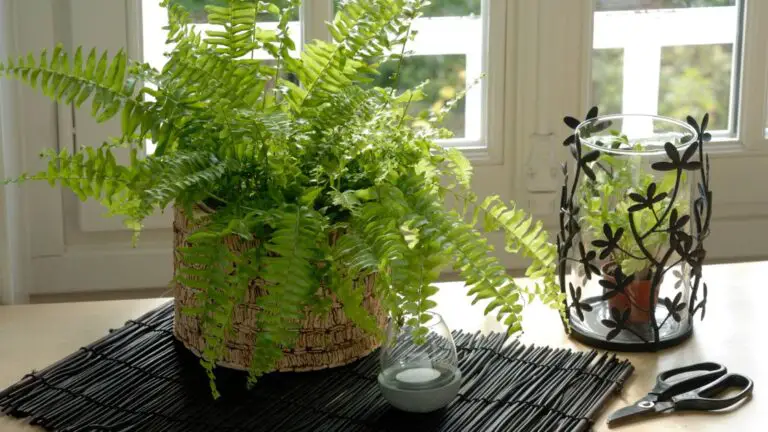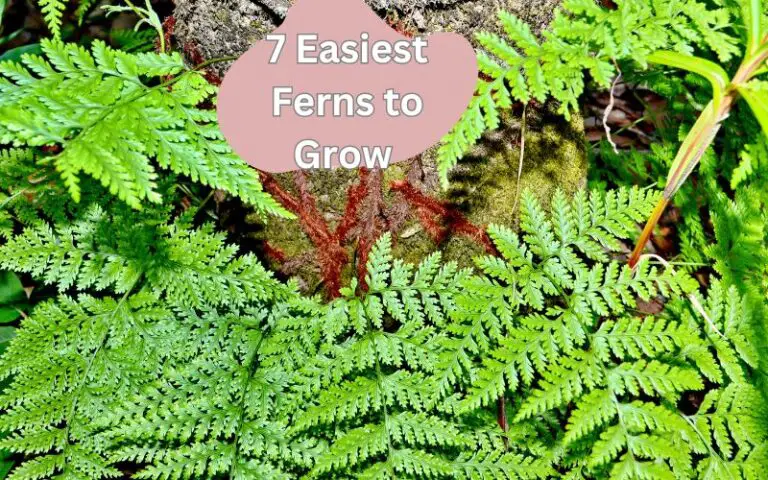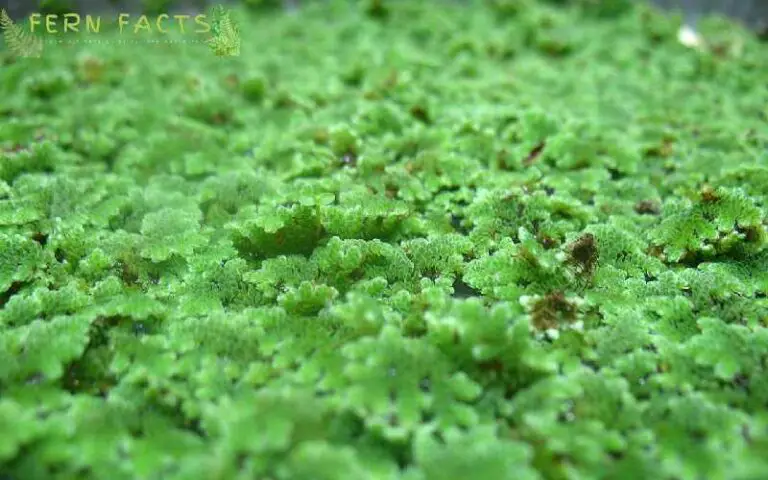How to Grow Spores From Staghorn Fern Plants
Staghorn ferns are epiphytic ferns which usually grow in natural environments such as in the crooks of trees, wood planks.
They don’t need soil to grow; they can grow on any objects or particles like without soil. Gardeners and plant enthusiasts use these staghorn ferns for home decor purposes.
If you are thinking of generating these ferns from seeds rather than the root division process, then you need to collect their spores as these ferns produce spores instead of seeds.
In this article, I’ll illustrate the overall characteristics of staghorn ferns. Besides, I will demonstrate the process of spores collection with three easy steps: collecting spores, mixing media and sowing the spores.
So let’s explore the guidelines more deeply.
Overview of Staghorn Ferns
- Botanic name: Platycerium bifurcatum
- Common names: elkhorn ferns, staghorn ferns
- Family: Polypodiaceae
- Genus: Platycerium
- Plant: Perennial evergreen
- Native range: Java, New Guinea, Eastern Australia, South Wales, Queensland
- Height: around 35 inches
- Width: around 31 inches
- Shade: Partial
- Soil: acidic, neutral
- Hardiness zone: 9,10,11,12
Staghorn Ferns basically mimic deer or elk antlers with heart shaped arching fronds.
These staghorn ferns are pretty much native to Asia and Australia, Java, New Guinea, South Wales, Queensland and Lord Howe Island. Their native habitats are rainforest areas with a moist atmosphere.
Additionally, these ferns are also best for growing in hanging baskets where they spread their fronds outside of the basket, looking extremely stunning foliage among other plants.
Staghorn Ferns Characteristic
Staghorn Ferns are perennial evergreen plants which are currently surplusing 17 different species in Asia and Australia currently.
These staghorn ferns are very common to grow and plant as home cultivation. Besides, these staghorn ferns have unique heart shaped fronds around 12 to 45 cm long.
And so, their gray green arched fertile mimic a horn shape or forked, strapped shape which spread usually 90 cm long.
Staghorn ferns are also epiphytic which means they can grow on different plants or any objects however these ferns are not parasitic ferns.
You can grow these ferns on wooden planks or in hanging baskets because mounting them is very easy. They can grow without soil on any wood planks or tree trunks.
To thrive on your staghorn fern, you need to give them a subtropical natural environment such as indirect sunlight, a dappled atmosphere, and moisture.
However, these ferns sometimes become invasive if they get their ideal condition, especially in Florida and Hawaii under a warm atmosphere, they can be invasive.
That’s why you need to take extra care of this ferm for grooming and pruning.

Staghorn Ferns Spores Collecting Process
Similar to most of the true ferns, staghorn fern’s propagation also is done by spores collecting method. However, the process is broken down into 3 easy steps. Look at those steps.
Collecting Spores
If you have determined to do staghorn ferns propagation, then let me tell you that staghorn ferns don’t produce seeds.
So, unlike most of the plants, You cannot propagate these ferns via flowers or seeds as they don’t have. These staghorn ferns reproduce themselves via tiny little spores which are released by the air.
You will be able to observe their spores on their fronds by the end of the summer seasons. At first the color of spores will be small green bumps, later on the bumps will transform its color to dark brown.
So, usually in the summer seasons you will notice brownish black dots or bumps on the bottom or underneath of the staghorn ferns. Then, you need to collect the spores from the fronds.
For collecting spores, the best thing you can do is cut off one of the fronds of the ferns and place it in the paper bag. Later, the spores will automatically dry out and fall inside of the bag.
Conversely, you can wait until the spores are completely dried out so that you can gently rub off or scrape away the spores with a knife.
Mixing Media
After collecting the spores, you need to do the next step which is mixing the soil based on your spores. Therefore, you need to make the soil based.
For mixing the soil medium, you can add a lump of peat, bark or choi based compost, organic matter together and mix it well.
Sowing the Spores
After making the peat based medium, you have to sow your spores into that medium. Press your staghorn ferns spores on the top layer of the medium without covering the spores.
Later on, water the seeds thoroughly from the bottom by using filtered water.
When you observe the soil is moist enough, let it drain fully. Do not overly soaked the medium with the water, let just them be moist.
Eventually, after three to six months later you will notice that spores begin to germinate. After you notice a couple of green leaves, plant them in an individual container or pot with a balanced portion of peat based medium and water them thoroughly.
Keep the plant’s in an indirect shaded place so that your plants thrive and bloom.
Recap
On a final note, staghorn ferns are perennial plants with unique horn shaped fronds. These ferns are fond of dappled shade, a moist environment like natural habitats.
To grow these ferns at your house, you can do the propagation process of these staghorn ferns. Although they don’t provide any seeds or flowers, they produce spores underneath the fronds.
By collecting the spores while making the peat based medium and sowing the spores you can successfully propagate these staghorn ferns at your house.

